The following is a detailed description of valve pressure classification:
1. Pressure Class
The commonly used pressure class (pound class) of API valves is represented by Class, corresponding to different pressure-temperature ratings (in psi). Common classifications are as follows:
| Pressure(Class) |
Typical Application |
| Class 150 |
Low-pressure system (such as ordinary pipelines) |
| Class 300 |
Medium-pressure system (industrial processes) |
| Class 600 |
Medium-high-pressure system (oil and gas transportation) |
| Class 900 |
High-pressure system (long-distance pipelines) |
| Class 1500 |
Ultra-high-pressure system (special working conditions) |
| Class 2500 |
Extreme high-pressure (such as wellhead equipment) |
2. Special Requirements of API 6D
API 6D is mainly for pipeline valves (such as ball valves, gate valves, plug valves, etc.). Its pressure classification is similar to ASME, but the following content is added:
Full bore vs reduced bore: affects flow and pressure loss.
Sealing level: The sealing test pressure specified in API 6D is usually 1.1 times the nominal pressure.
3. Material Influence
Carbon steel (such as ASTM A216 WCB): suitable for medium and low pressure.
Alloy steel (such as ASTM A352 LCC): resistant to low temperature and high pressure.
Stainless steel (such as ASTM A351 CF8M): resistant to corrosion and high temperature and high pressure.
4. Selection Suggestions
Design pressure: needs to be higher than the maximum working pressure of the system, and temperature correction is considered.
Safety factor: select a higher level according to the working conditions (such as fluctuations, water hammer).
Standard reference: API 6D-2021, ASME B16.34, API 598 (valve test).
5. Common Problems
High-pressure valves: Class 900 and above require special design (such as thickened valve wall thickness, forged valve body).

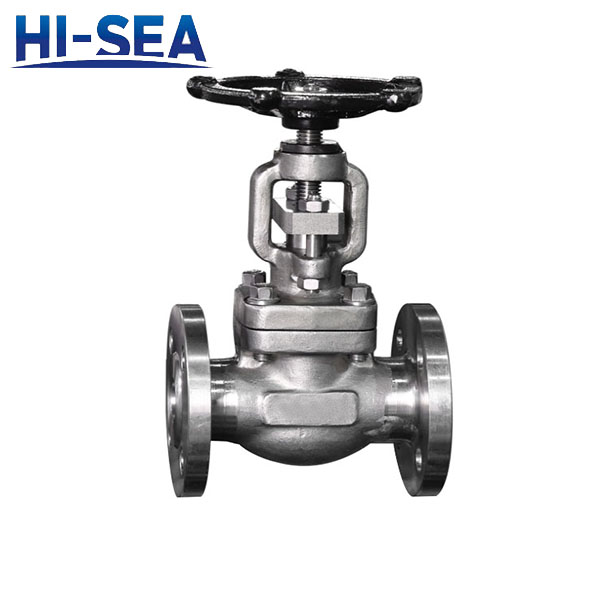
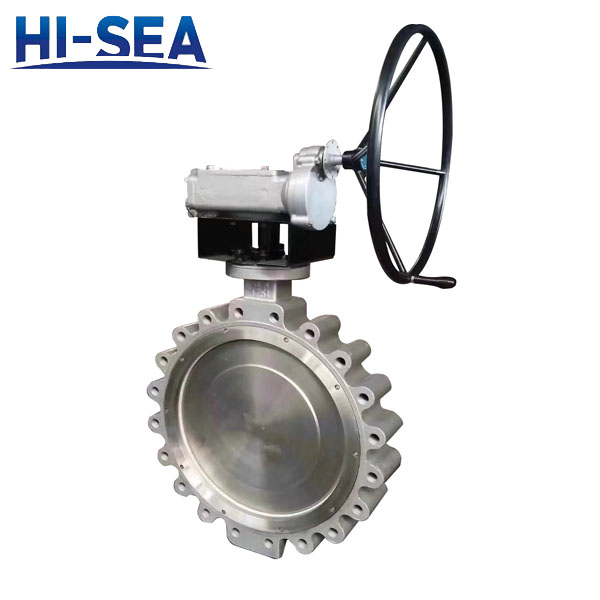
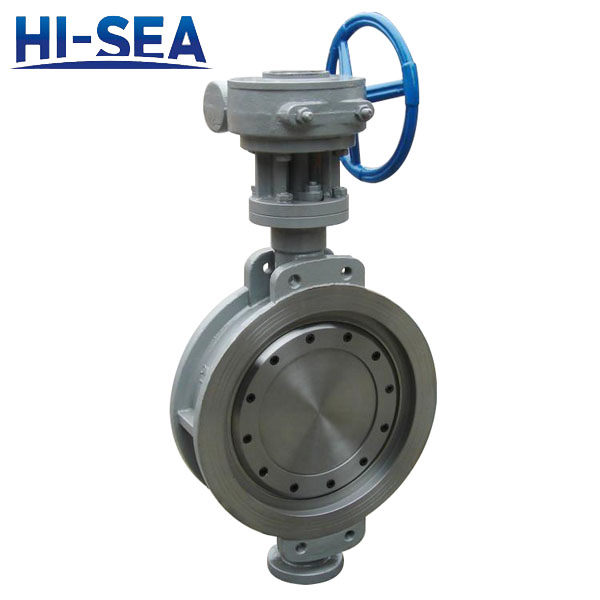
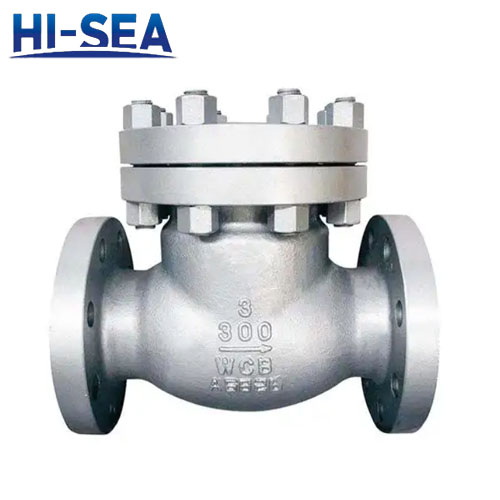
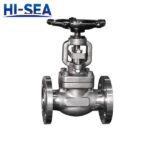 Pressure Classification of API Valves
Pressure Classification of API Valves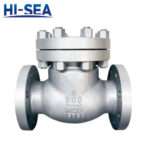 What are the common materials used for API valves?
What are the common materials used for API valves?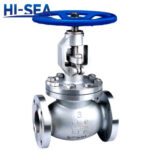 Applicability of API Globe Valves
Applicability of API Globe Valves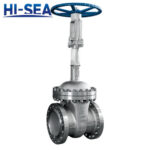 API Low Temperature Valve Characteristics
API Low Temperature Valve Characteristics